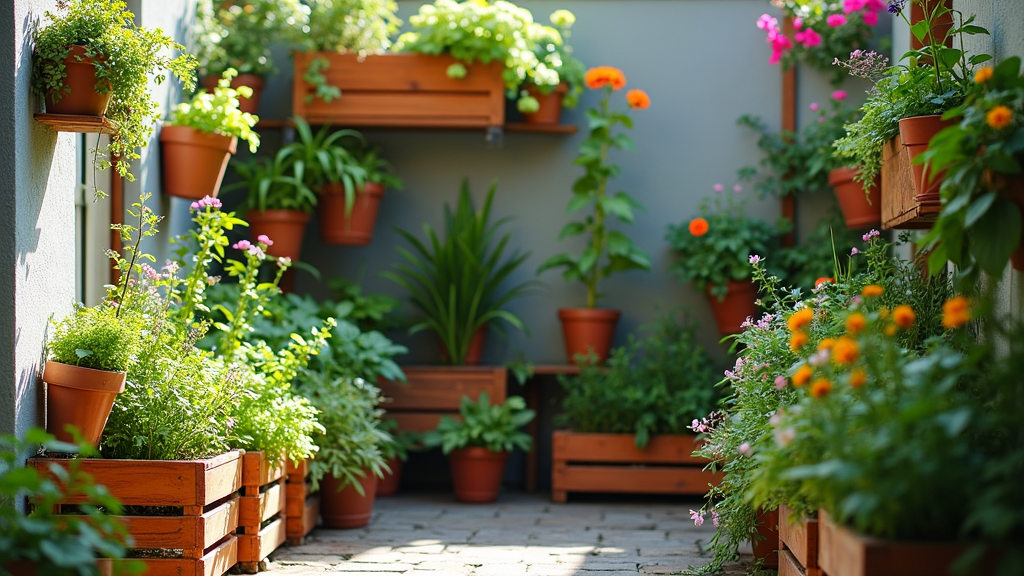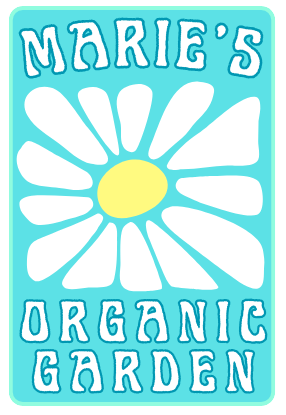Gardening in small spaces offers a creative way to connect with nature, even if you have only a tiny balcony like myself, a modest window sill, or a small corner in your apartment. With smart planning and a bit of ingenuity, you can transform even the most limited area into a delightful garden retreat. Whether you’re new to gardening or have some experience, this guide provides practical tips and innovative ideas to help you make the most of every inch available.

Assessing Your Space and Lighting
Before you begin, take a careful look at your available space and note the quality of light it receives. Spend a few days observing how sunlight moves across your area from morning to evening. If a spot enjoys at least four to six hours of direct sunlight, many vegetables, herbs, and flowering plants can thrive there. If some spots are shadier, opt for plants that do well with less light. A simple light meter can help you decide, but often attentive observation is enough to determine which areas will work best. Adjust your garden layout so every plant gets its fair share of natural light.
Choosing the Right Composting Solutions
In limited spaces, every inch matters. Begin by selecting containers that fit well into your area. For instance, a small galvanized steel trash can with a lid can double as a compact composting system if you’re interested in recycling food scraps into rich soil. Alternatively, a worm bin not only breaks down organic waste but also produces nutrient-rich worm castings that feed your plants. Consider your storage options and decide if one or both solutions can work in your setup. By choosing the right containers and composting methods, you can turn everyday kitchen and yard waste into a valuable resource for your plants.
Maximizing Vertical and Unconventional Gardening Areas
When floor space is at a premium, vertical gardening can open up a whole new realm of possibilities. A wall garden with hanging planters or simple garden shelves allows you to use vertical surfaces, freeing up ground space for other purposes. Even larger containers can be incorporated if you position them where they capture the most sunlight. Hanging planters are especially useful for plants with small root systems, and garden shelves create an attractive, layered display that maximizes every inch available. Using these techniques means that your garden can be both practical and visually appealing, even when space is tight.
Creative Composting and Container Techniques
Sometimes it pays to think outside the traditional pot. One interesting idea is to repurpose wooden crates as dual-function planters and compost bins. Start by lining a painted crate with cardboard, then fill it with alternating layers of food scraps, seaweed, peat moss, and worm castings before topping it with quality garden soil. This method not only reduces waste but also creates a self-sustaining, nutrient-rich environment right within your container. Such a system is a really important strategy for the small space gardener because it minimizes waste and supplies your plants with the nourishment they need in a more sustainable way.
Navigating Common Challenges in Small Space Gardening
Gardening in confined areas does bring its own set of challenges. One primary concern is ensuring that each plant has enough room to grow without competing too much for light, water, and nutrients. Be mindful of the natural growth patterns of your plants and avoid overcrowding—some species require more space, while others are perfectly content in compact arrangements. Drainage is another critical factor: overwatering in enclosed containers can quickly lead to problems. To counter this, choose containers with adequate drainage holes and use high-quality potting mix. Regularly check soil moisture using a moisture meter, or your finger will work just as well. Trim back any overgrowth so your garden remains healthy and productive.
Advanced Tips for Successful Gardening in Tight Spaces
Once you’ve mastered the basics, it’s time to explore more advanced strategies to help your garden truly flourish. Experiment with companion planting by mixing different species in the same container. This method not only maximizes space but can also provide natural pest control and benefits as plants help each other grow. Another practical tip is to optimize light exposure by using reflective materials like mirrors or light-colored surfaces; these can give a boost to areas that might not receive enough direct sunlight. Self-watering systems are also a great addition, ensuring a steady moisture supply while reducing the risk of overwatering. Finally, consider modular elements such as stackable containers or movable hanging baskets that you can easily rearrange as seasons change. With continual tweaking and attention, even the smallest garden can become a thriving green retreat.
Frequently Asked Questions
Question: What are the best plants for a small space garden?
Answer: Herbs, leafy greens, compact vegetables like cherry tomatoes, and certain flowering plants are ideal choices. Focus on plants with shallow or limited root systems to make the best use of your space. I enjoyed radishes this past year, fast and easy to grow in small containers.
Question: How can I manage composting in a compact area?
Answer: Consider using a worm bin or a small galvanized steel trash can with a lid. Both methods allow you to convert organic waste into nutrient-rich compost without taking up too much space. Make sure you have a bag of dried leaves, shredded paper or dried grass to add the compost and do not compost meats, cheese, yogurt, etc. Stick to fruits, vegetables, egg shells, and paper scraps will be best, and add dried leaves, grass, shredded paper, along with the kitchen scraps. Go here for an official compost guide to ensure you success: https://www.epa.gov/recycle/composting-home#whycom
Question: Which is better: hanging planters, wall gardens, or floor containers?
Answer: It depends on your space and light conditions. Hanging planters work well for small-rooted plants, wall gardens help free up floor space, and floor containers are best for plants that need deeper soil.
Question: How should I measure the light in my garden space?
Answer: A light meter can be useful, but careful personal observation over several days will generally give you a clear idea of which areas receive sufficient sunlight.
Conclusion
Wrapping up, gardening in small spaces may come with challenges, but with thoughtful planning, any area can be transformed into a productive oasis. By assessing light conditions, choosing appropriate containers, and employing creative composting and vertical gardening techniques, every inch of space can contribute to a flourishing garden. Regular care and willingness to adjust your methods will not only result in fresh produce or beautiful blooms, but also a satisfying hobby that brings you closer to nature. Enjoy the process and take pride in turning a modest area into a vibrant green retreat.

This was such a great read! I love how you broke down the different ways to make the most of small spaces for gardening. The idea of vertical gardening and using hanging planters is genius, it’s definitely something I want to try on my balcony! I also appreciate the tip about choosing the right containers to maximize growth without overcrowding. It’s amazing how even a small space can turn into a thriving green oasis with the right approach. Thanks for sharing such helpful advice!
Thank you. A good rule is, the root systems can be as big as the plant.
Hi there –
Well, done, explaining how to garden in small spaces. Several years ago, I was gifted with a money plant. I had to decide where to place it in my home so it could thrive. Opted to place it near a window with lots of natural light. However, I over-watered the plant, so it ended up dying.
After learning that lesson, I bought a pot with drainage holes, watered less frequently which enabled my plant to remain healthy.
Thank you. One of my first plants was a money tree.